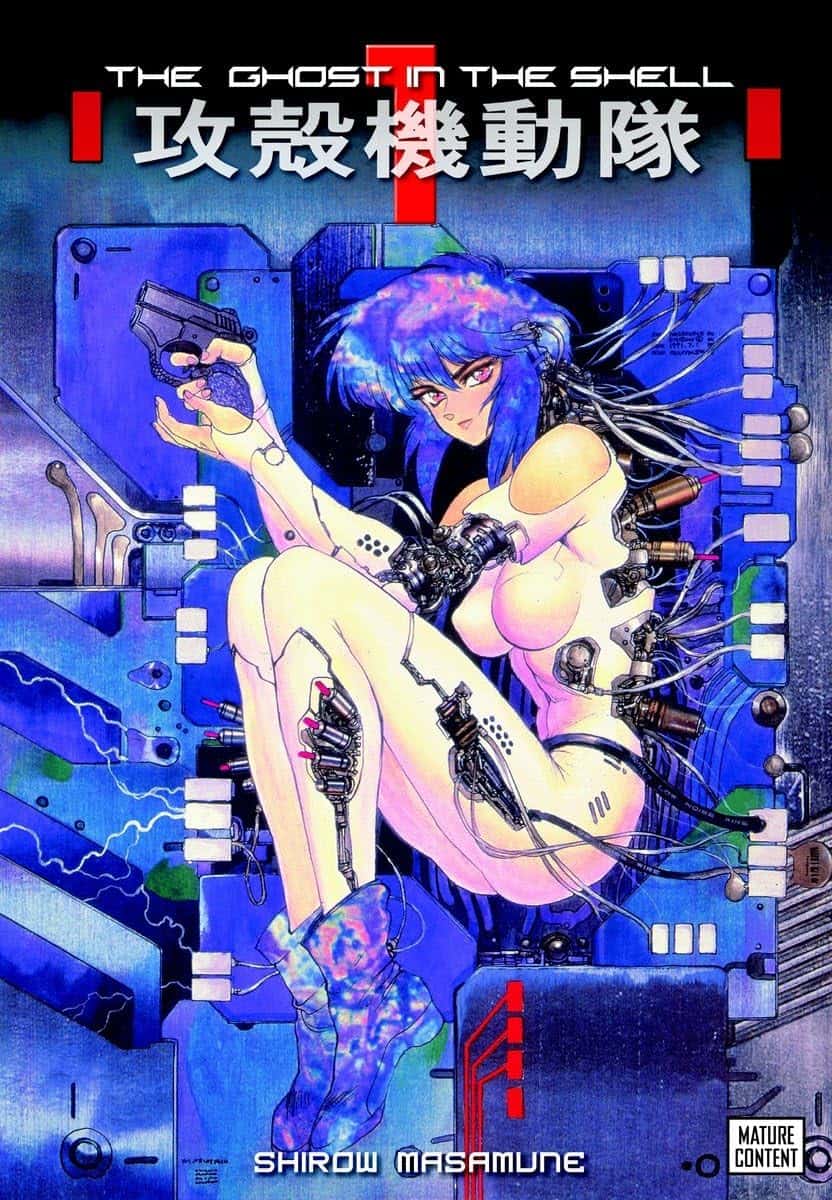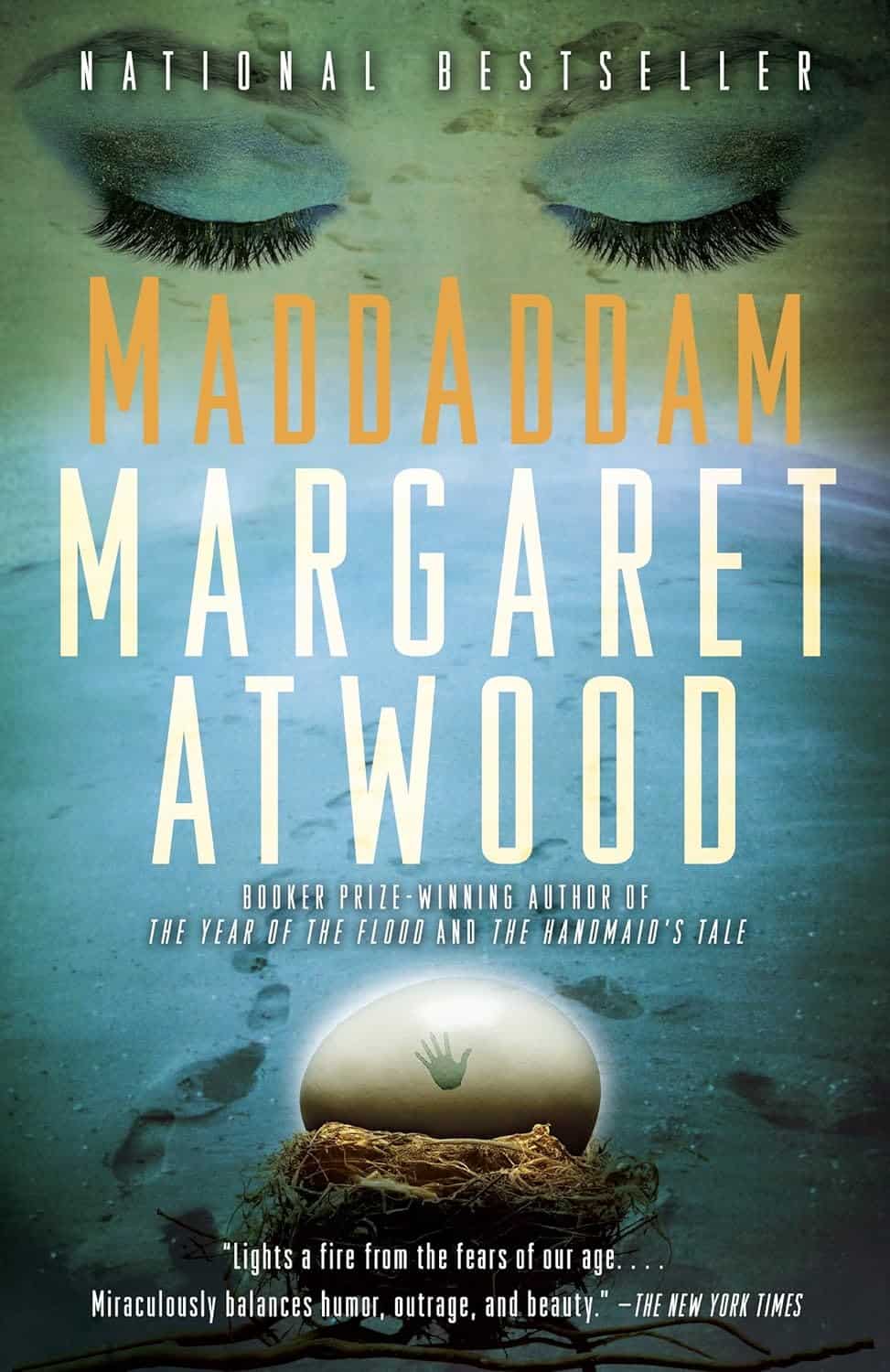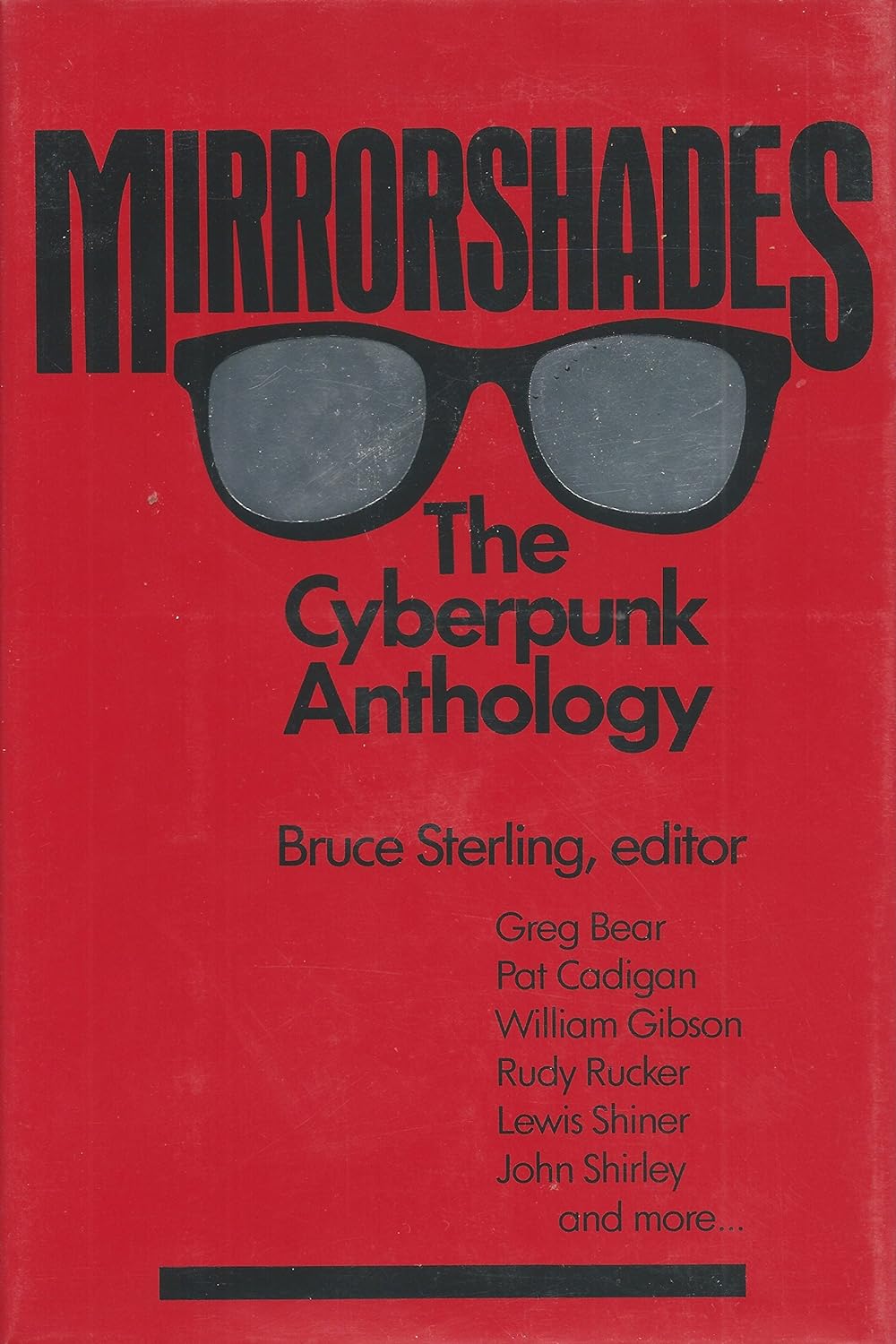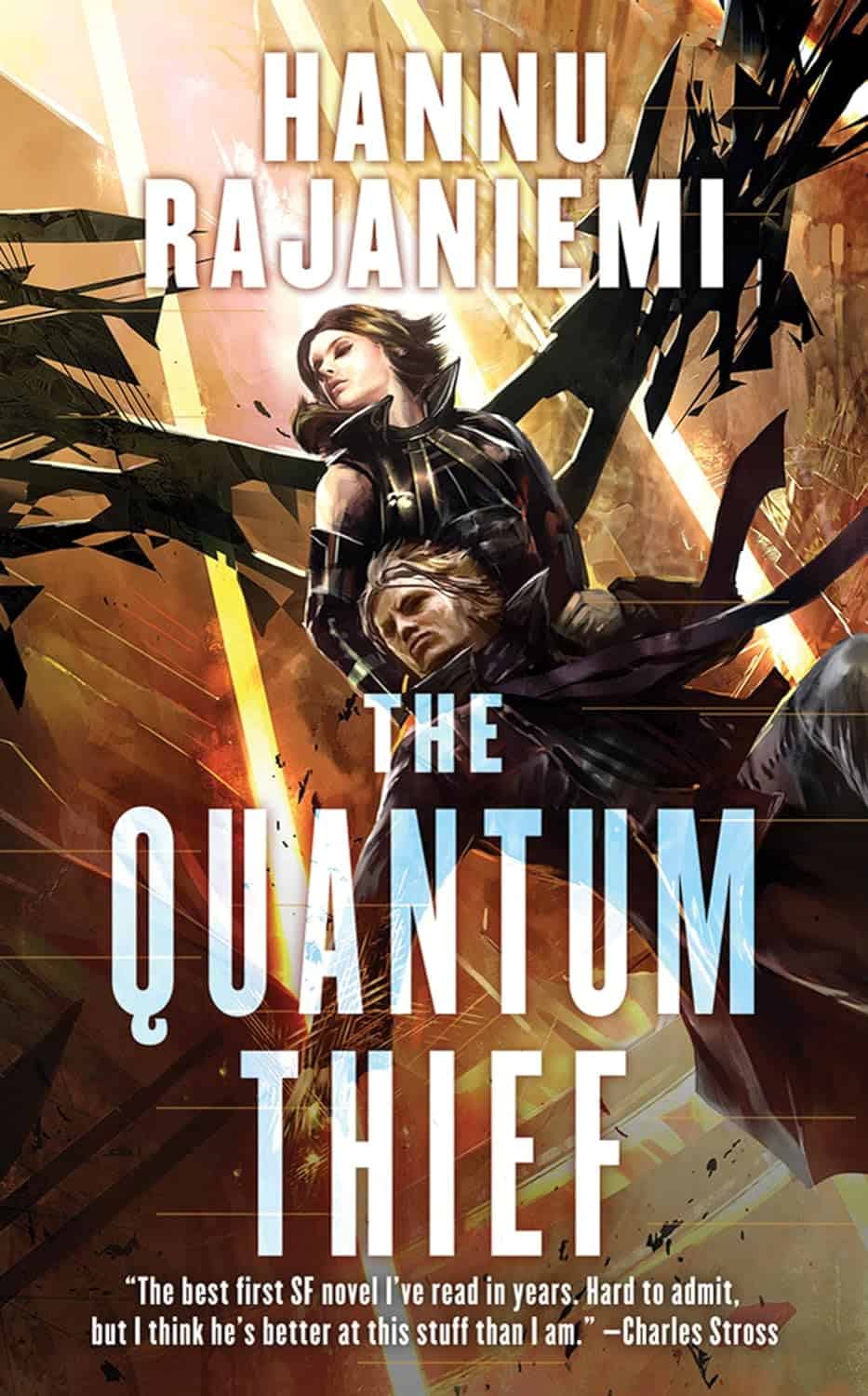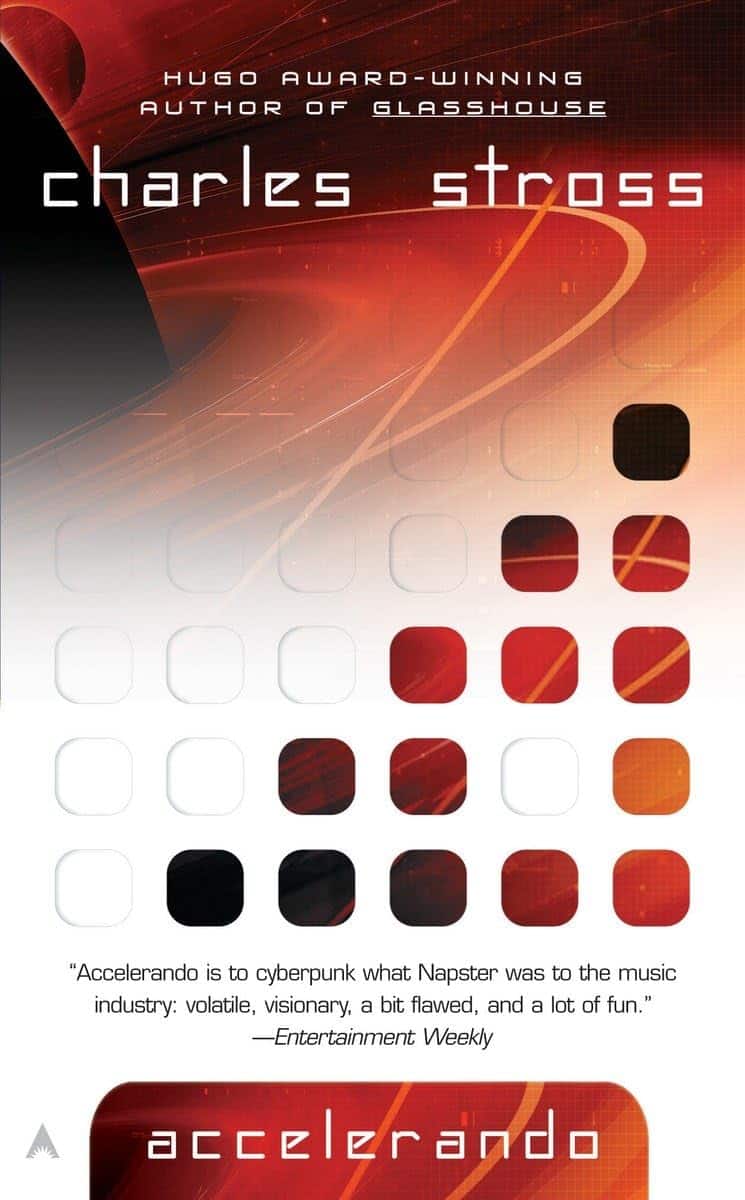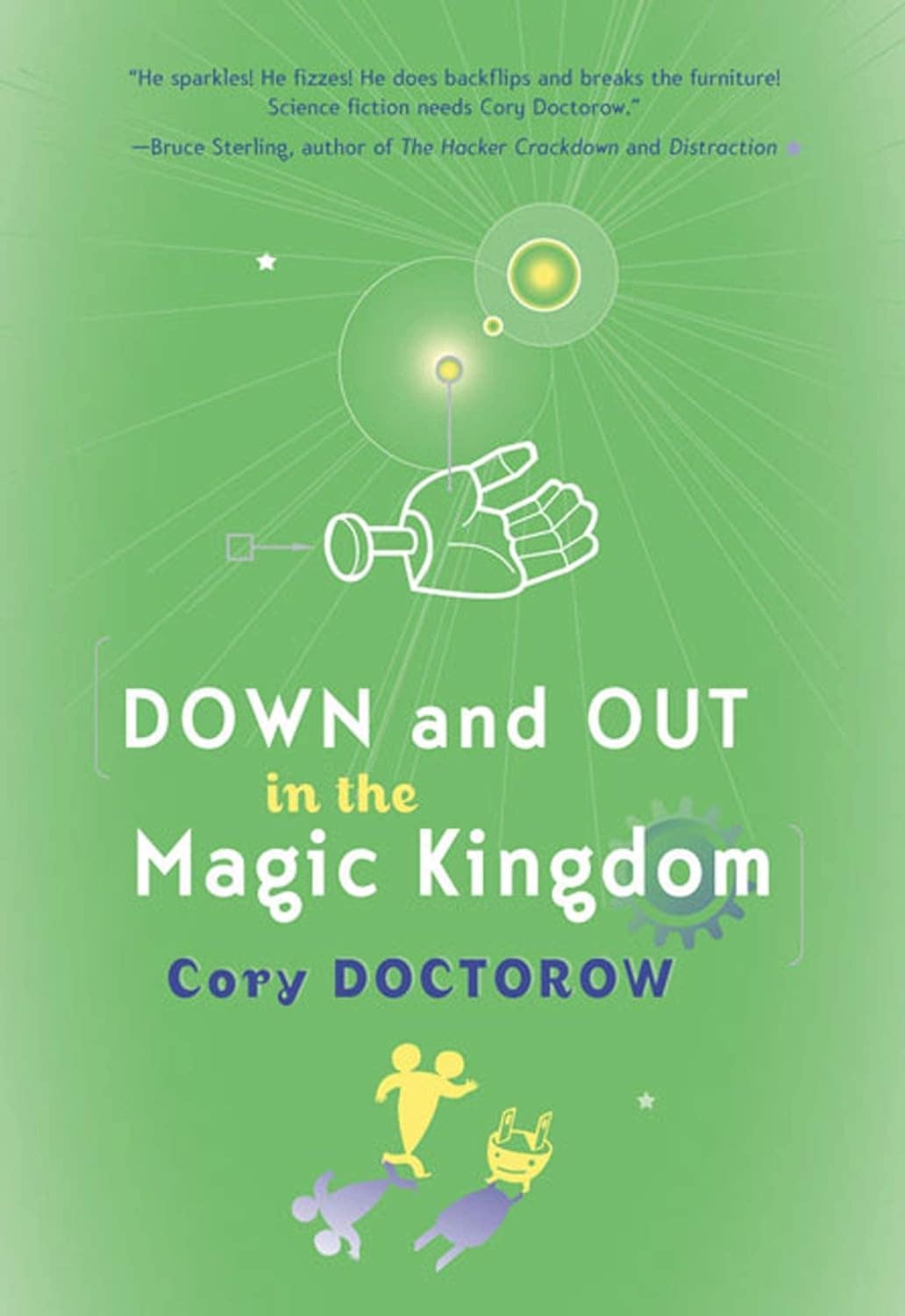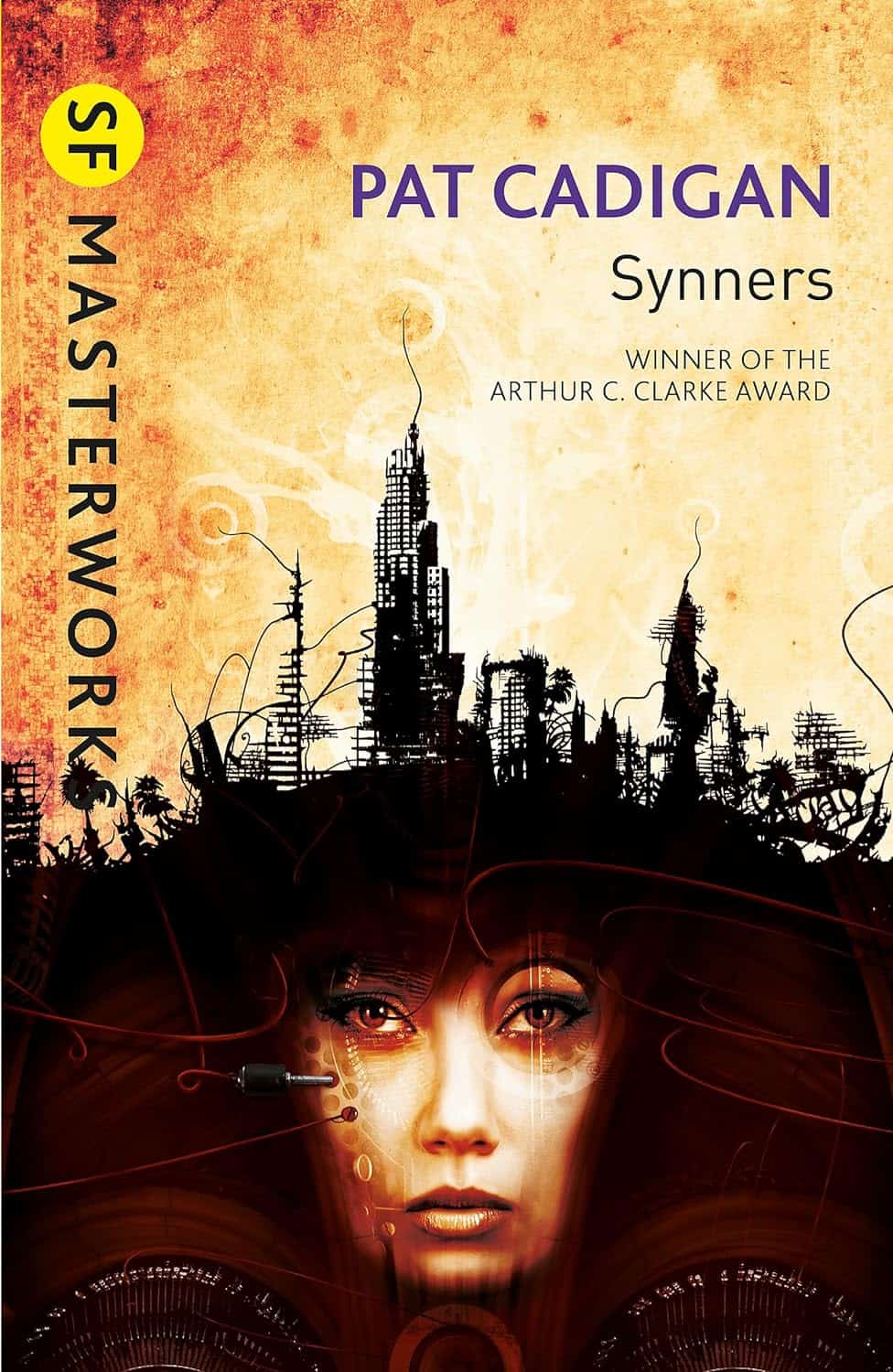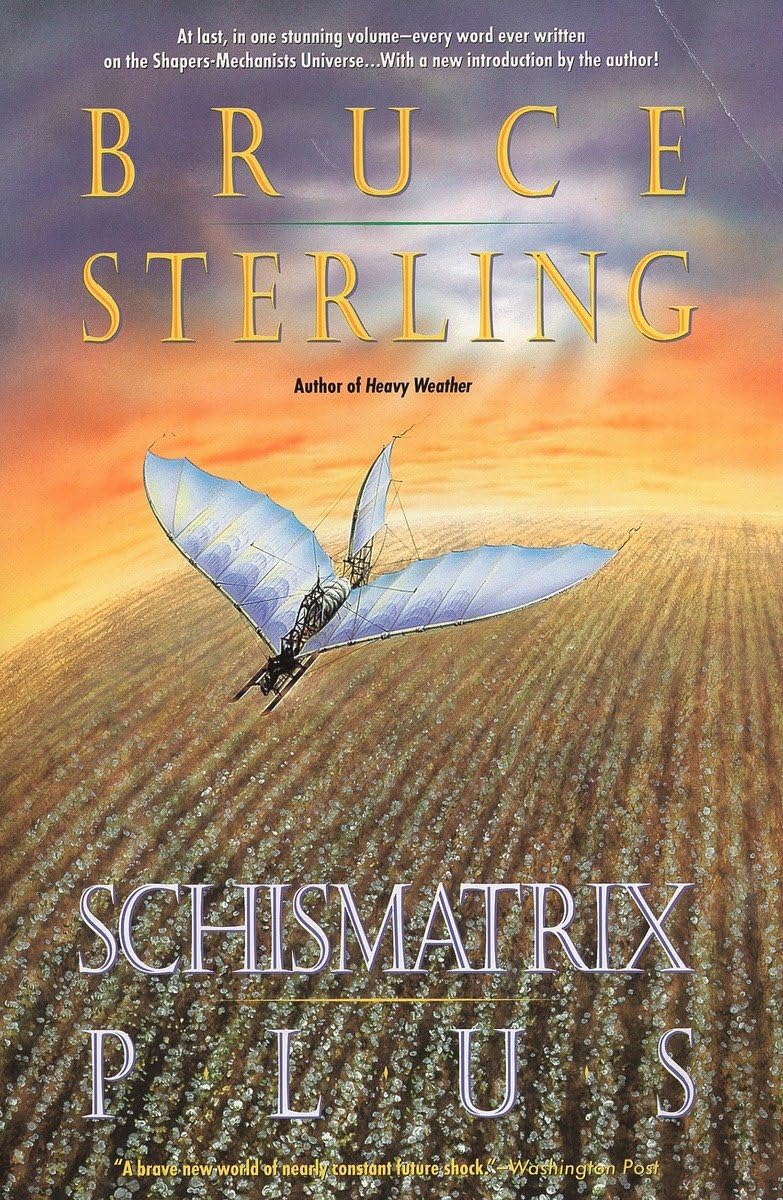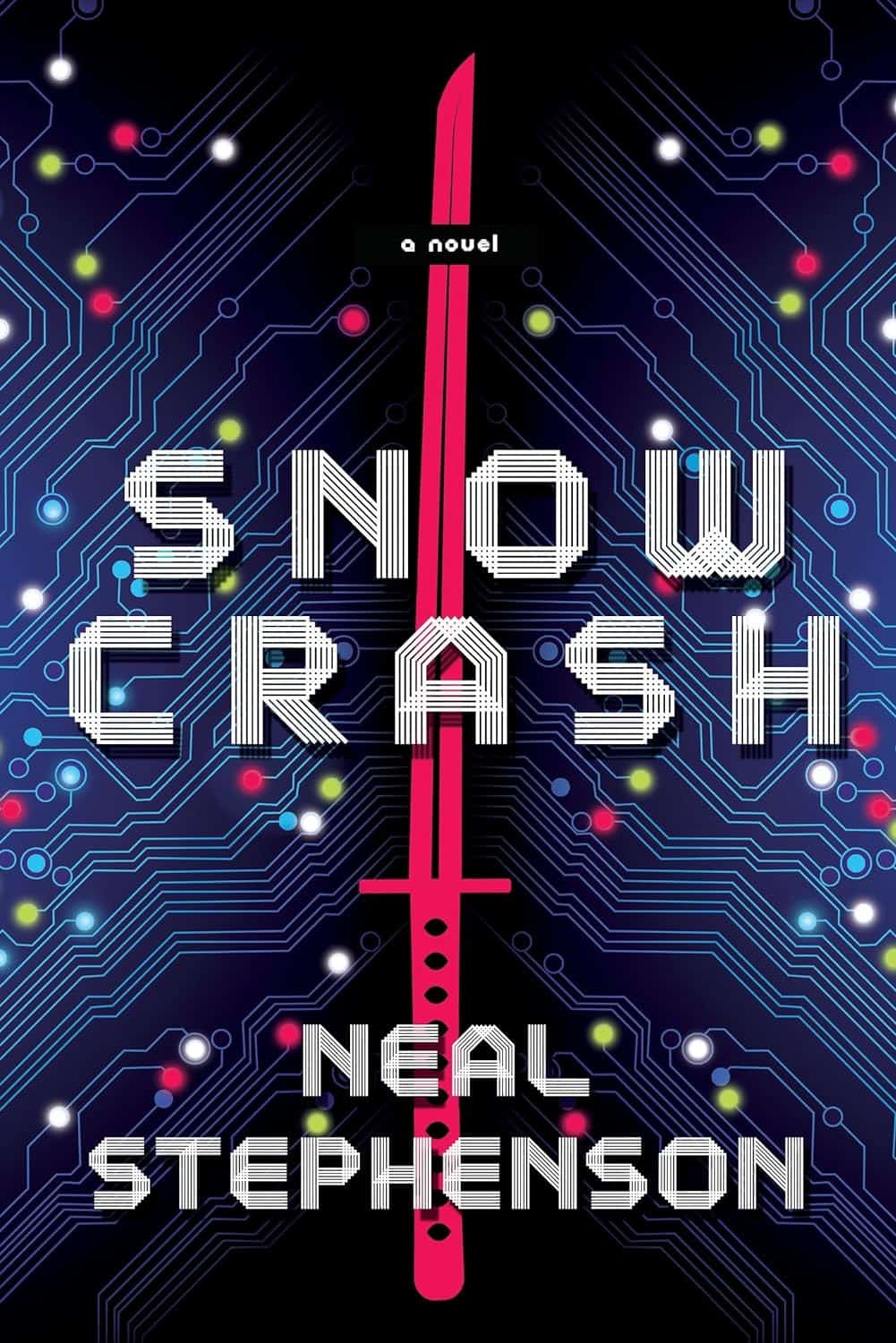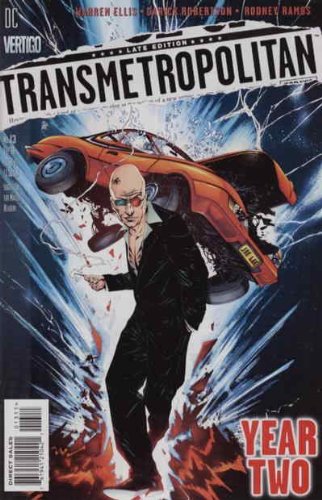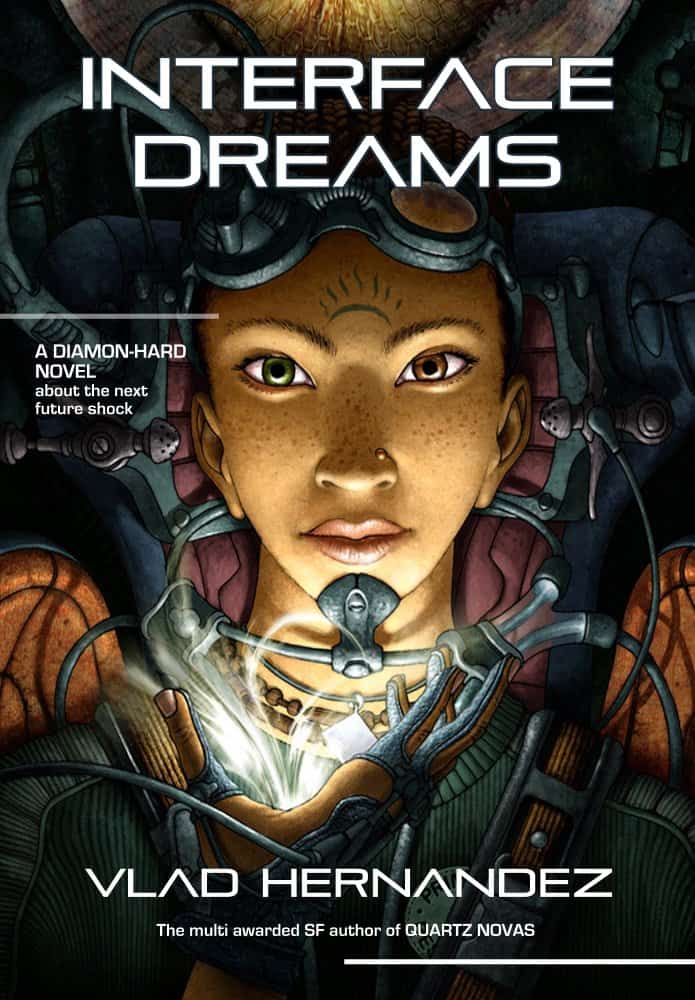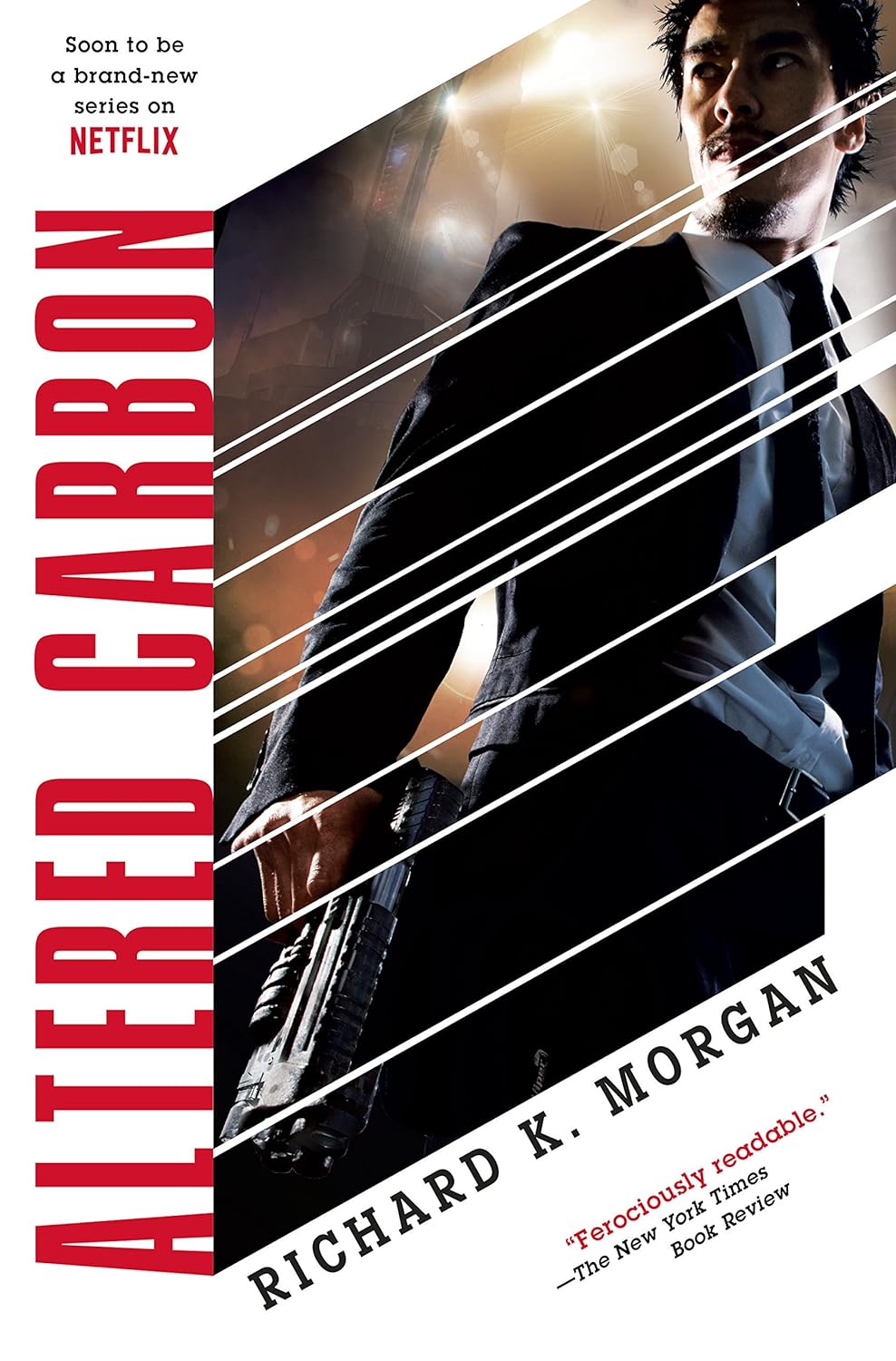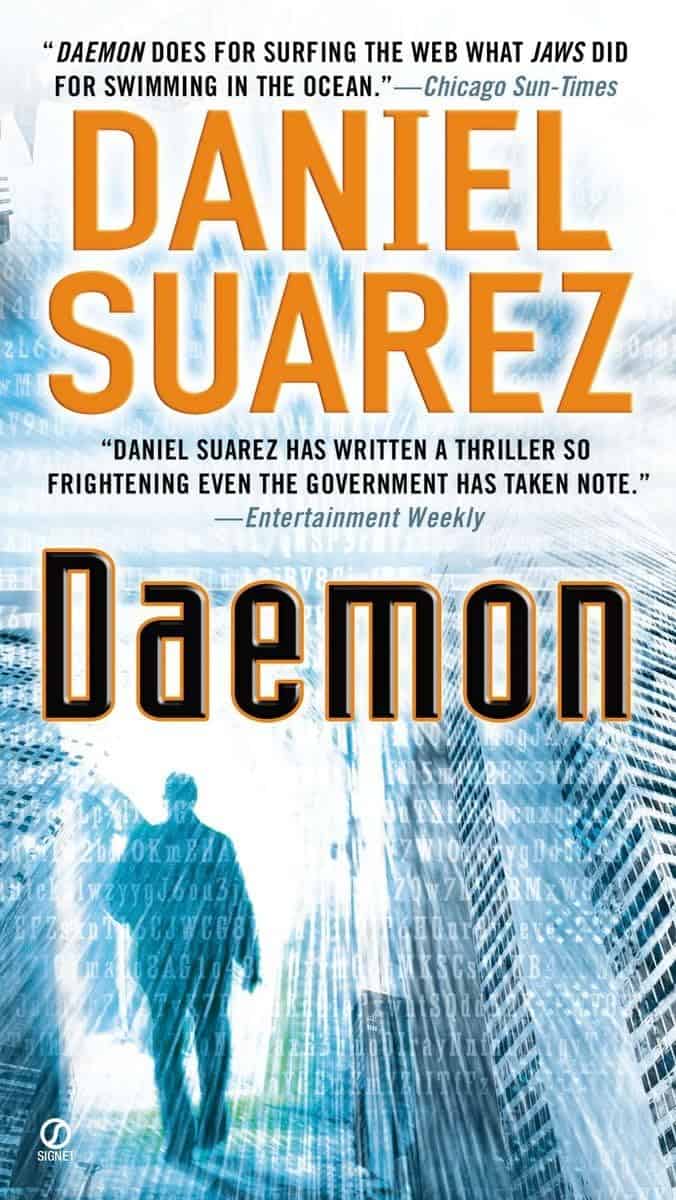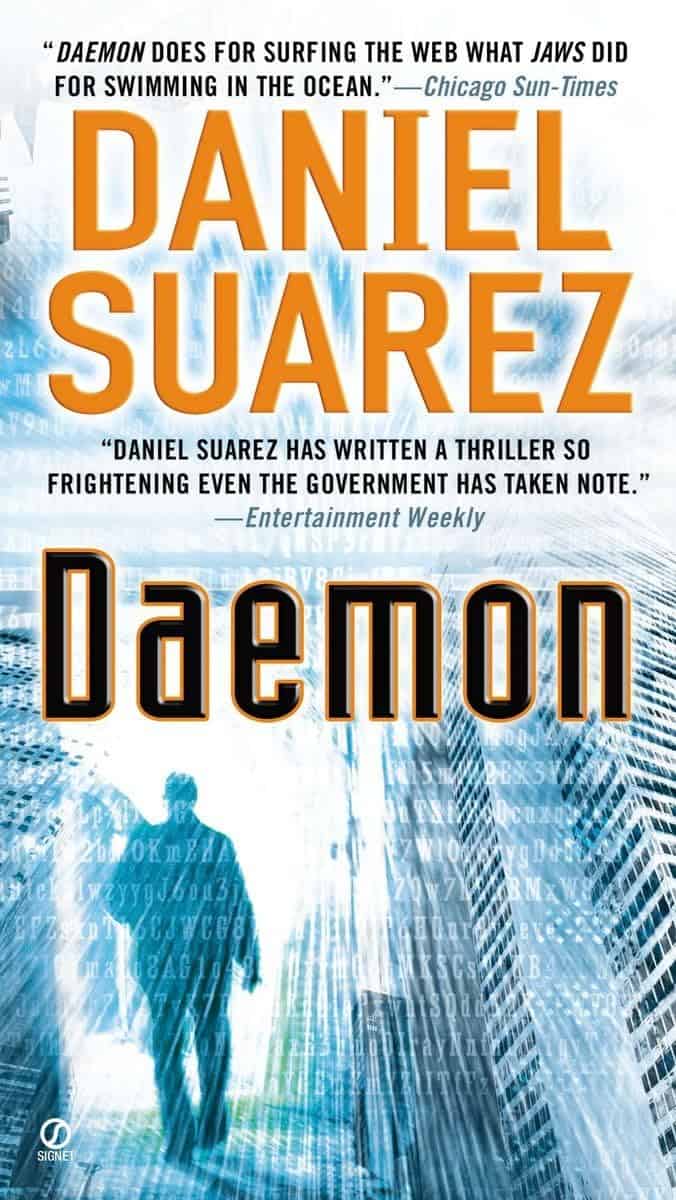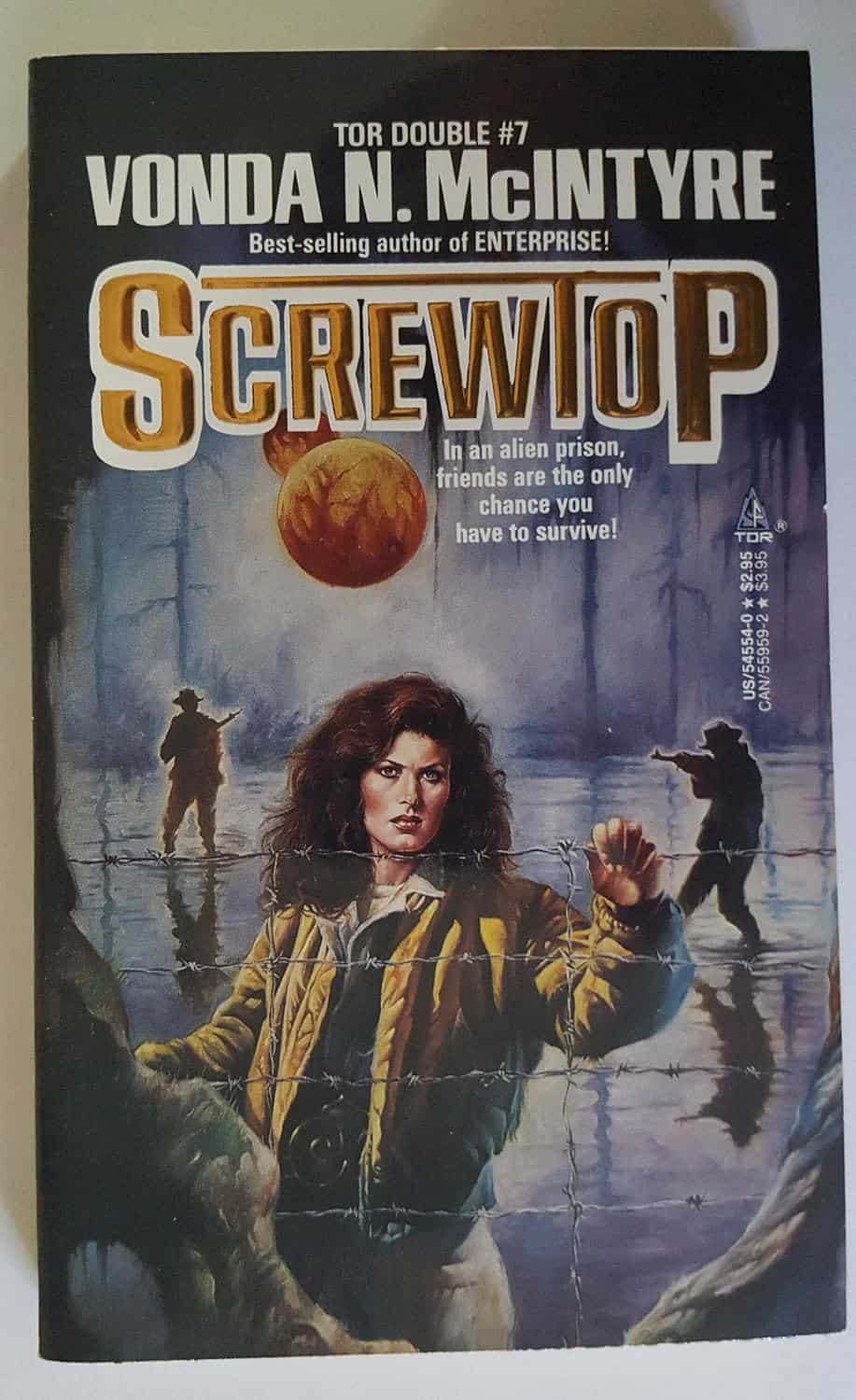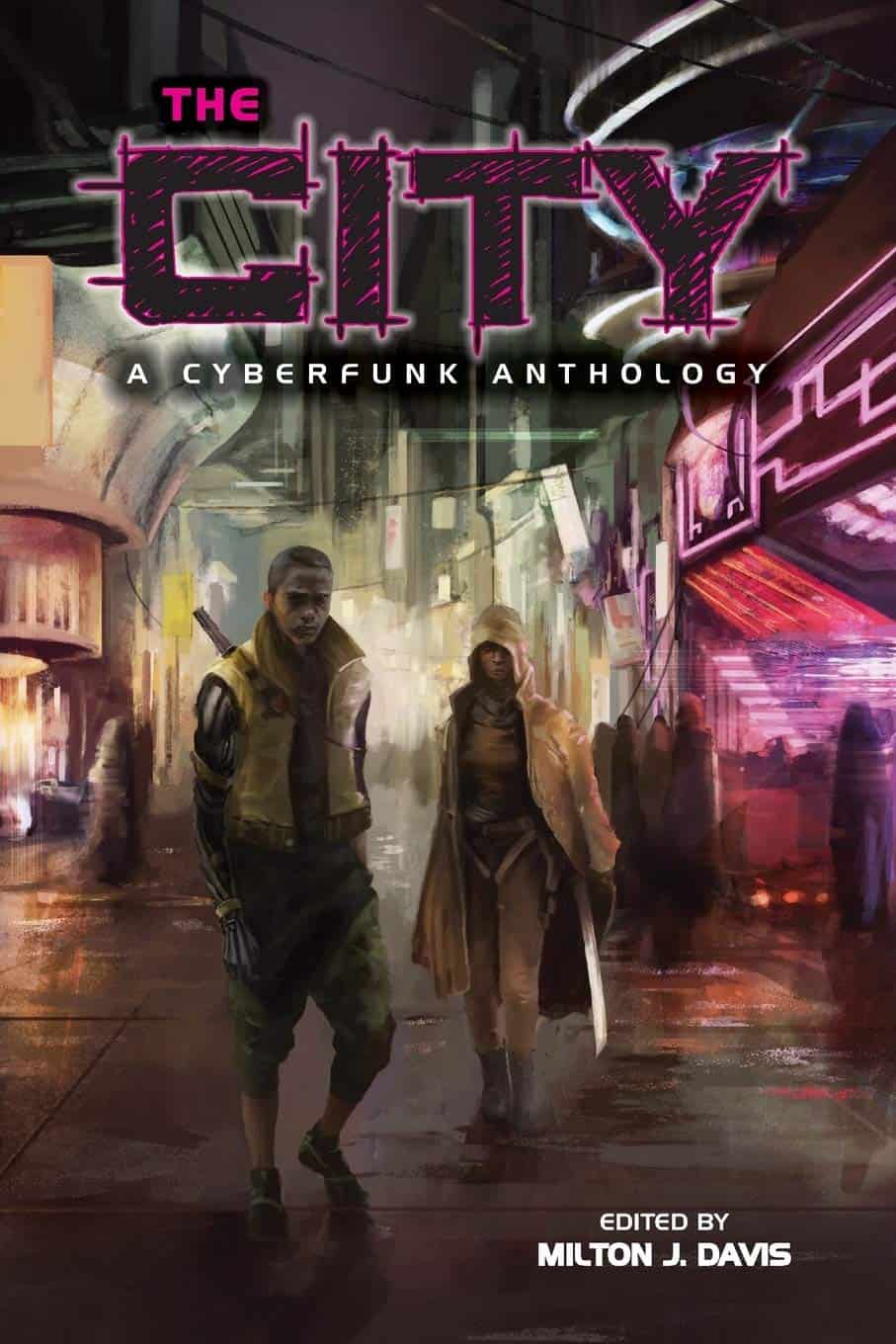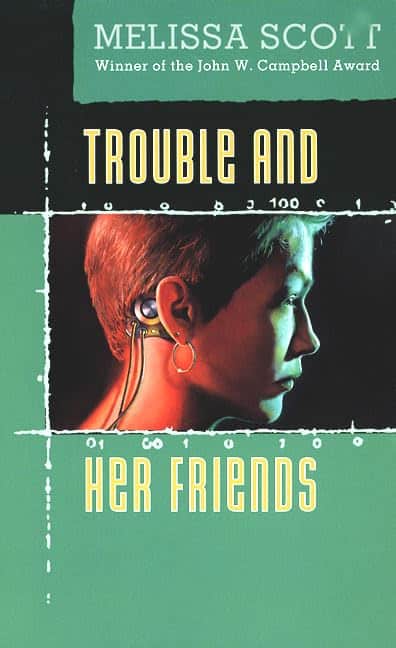Cyberpunk has become a popular subgenre in recent years, thanks to the success of various forms of media such as Netflix’s Altered Carbon, Blade Runner 2049 and the game Cyberpunk 2077. Nerd Much?, a website that covers various forms of entertainment, is no exception to the cyberpunk craze. In fact, they have compiled a list of over 30 of the best cyberpunk novels of all time, ranging from well-known classics to obscure titles.
1. Ghost in the Shell by Masamune Shirow (1989)
Masamune Shirow’s Ghost in the Shell is a classic cyberpunk manga that first appeared in a weekly feature in a young men’s manga magazine in 1989. The story follows Motoko Kusanagi, a public security officer who has a cyborg body and a “cyberbrain” after a childhood accident that would have killed her. The series explores the idea that technology can empower marginalized people, as well as the duality of mind and physical body posited by philosophers for centuries.
In the fictional and futuristic Niihama, those who are augmented or even fully cybernetic are vulnerable to invasive and existentially threatening infections. This vulnerability is due to their being just software and hardware hackers instead of having an immune system. The series is named after the philosophical idea of “the ghost in the machine,” which refers to the duality of mind and physical body. This cultural history of dualist belief is what makes many cyberpunk themes resonate so much.
Ghost in the Shell is a cornerstone in the cyberpunk genre for good reason. The manga dives deep into the complexities of identity, consciousness, and the human soul in a high-tech future. It’s not just about cool robots and futuristic tech; it’s a philosophical journey that makes readers question what it means to be human in a world overrun by technology. The art is also impressive, and the action scenes are top-notch. The manga has inspired countless other works and remains a must-read for anyone looking to get into the cyberpunk genre.
2. MaddAddam Trilogy by Margaret Atwood (2003)
Margaret Atwood’s MaddAddam trilogy, which begins with the 2003 novel Oryx & Crake, is often considered a cyberpunk dystopian future story. The novels explore the idea of a future world built on “lowlife” technology and invasive corporations, much like other cyberpunk classics.
The first book of the trilogy, Oryx & Crake, follows the story of Snowman, a drifter who takes care of a group of humanoids called Crakers. The book delves into the origins of the Crakers and the world in which Snowman lives. Atwood distances herself from the idea of science fiction, but the novels comment on the nature of genetic experimentation, the use of technology in taboo areas of culture, and more.
The MaddAddam trilogy is known for its dark humor and the ambiguous nature of its characters. It is not always clear who the protagonist or antagonist is. Atwood’s novels are thought-provoking and insightful, using humor to explore complex themes.
3. Mirrorshades (Edited) by Bruce Sterling (1986)
8Mirrorshades is a collection of short stories that were previously published all over, edited by Bruce Sterling and published in 1986. Sterling is a cyberpunk author, journalist, and critic who is known for his work in the genre. The anthology is considered the quintessential collection of cyberpunk stories and has been cited in nearly 160 items on JSTOR.
The collection includes works by notable authors such as William Gibson, Pat Cadigan, Rudy Rucker, and John Shirley. 8Mirrorshades is like a sampler platter of all the best bits cyberpunk has to offer, with a mix of tones, styles, and themes. It covers a range of topics including politics, philosophy, and the downright weird, all wrapped up in neon and circuitry.
The anthology is a reliable, all-hits single volume that is easy for both readers and scholars to pick up. It has become a go-to source for anyone interested in the cyberpunk genre. A spiritual sequel, Rewired, was published later and includes many of the same authors as 8Mirrorshades.
4. Future Home of the Living God by Louise Erdrich (2017)
In “Future Home of the Living God,” Louise Erdrich explores a dystopian world where a fertility crisis is at the forefront. The novel was nominated for the John W. Campbell Memorial Award in 2017. Erdrich is known for her ability to merge religion, magic, and technology in her writing, and this novel is no exception.
The main character, Cedar, was adopted from a Native American community into a white liberal family. Her birth name is Mary, but her adoptive family renamed her Cedar. Cedar is Catholic, and as technology breaks down and recedes into legend, the boundary between religion, magic, and technology becomes blurred.
In this dystopian world, technology is failing everywhere except in the most secure government facilities. People are forced to reacquaint themselves with a life before the convenience and comfort of private technology. Erdrich’s writing is reminiscent of Margaret Atwood’s “The Handmaid’s Tale” and P.D. James’s “Children of Men.”
5. The Quantum Thief by Hannu Rajaniemi (2010)
Hannu Rajaniemi’s debut novel, The Quantum Thief, is a surreal and complex work of science fiction, blending together a vast array of ideas and literary inspirations. The story follows the main character, Flambeur, a retired thief who is broken out of prison to complete one last job. In a posthuman far future, Flambeur must manipulate his surroundings to pursue his own goals, which in this case involves finding and restoring a set of memories he’s hidden in a distant city.
The book is set in outer space and features a range of intriguing concepts, including a world where math is the only true religion. The story is full of winking references and nods to other works of science fiction, making it a delight for fans of the genre. The characters are charismatic and complex, keeping the reader engaged throughout the book.
6. Accelerando by Charles Stross (2005)
Charles Stross released his standalone novel, “Accelerando,” as a hard copy book for sale and an online Creative Commons work simultaneously, following the footsteps of Cory Doctorow.
The title “Accelerando” means “accelerating” in Italian, which is used in music and science-fiction to indicate the rapid development of technology. Stross uses a world setting from his previously published short stories to create a narrative resembling the sweeping, generational novels of writers like James Michener.
The characters in “Accelerando” globe-trot and even planet-hop to avoid the IRS and upload their minds to the stars. The protagonist, Manfred Macx, is a “venture altruist” who anticipates the current movement against “The Elite Charade of Changing the World,” according to writer Anand Giridharadas.
Stross’s novel explores the potential consequences of exponential technological advancements, such as the Singularity, a hypothetical future event where artificial intelligence surpasses human intelligence.
The book is divided into three parts, and each part consists of a collection of short stories. The narrative style of “Accelerando” is challenging, and the book is dense with technical jargon. However, it is a thought-provoking and ambitious work that explores the future of humanity and technology.
7. Down and Out in the Magic Kingdom by Cory Doctorow (2003)
Cory Doctorow’s debut novel, “Down and Out in the Magic Kingdom,” is set in the Disney World in Orlando, Florida. The book is reminiscent of Neal Stephenson’s Snow Crash, with its futuristic and satirical take on Disney and other corporations, government inefficiency, anti-aging technology, and social media influence. The storylines are intertwined, and the book’s tone is light-hearted, but it also delves into the meaning of life when all consequences are removed.
The protagonist, Jules, is a member of a frustrating committee that threatens his life. His best friend is a retired techno-missionary who is struggling with suicidal despair in a society where everyone lives forever. The book’s themes include revenge, backstabbing, and the dynamics of friendship in a selfish and ruthless corporate world where people are willing to kill over an antique animatronic President.
8. Synners by Pat Cadigan (1991)
Pat Cadigan’s Synners, published in 1991, is a cyberpunk novel that won the Arthur C. Clarke award that year. The novel explores the intersection of gender and power dynamics within a world where the mind is the only essential part of one’s personhood. The story features characters from a variety of non-mainstream families and relationships who are uniquely positioned to tackle the problems of their world.
Cadigan, a feminist, coined the term “technofeminism” to describe how cyberpunk themes had naturally spun off into a feminist take on the future that informed how people thought about feminism within the real-life status quo. This novel is considered a canonical cyberpunk work that offers a fresh perspective on gender and power dynamics.
9. Schismatrix Plus by Bruce Sterling (Updated 1996)
Schismatrix Plus is a novel written by Bruce Sterling that takes place in the Shaper/Mechanist universe, a world that Sterling created. The universe is named after the dichotomy between genetic engineers and hardware and machine makers. The 1996 version of the novel combines the novel with all the short stories Sterling wrote about the same universe. Sterling’s use of unique language and neologisms gives his vision of the future a lot of legitimacy, and within a fully-realized setting, he nimbly tells a complicated story.
Kirkus, a book review magazine, gave Schismatrix Plus a starred review, and the reviewer noted, “Sterling often knows things his readers don’t.” This sense of depth, and depths yet unseen, is what’s anchored Sterling for his decades-long career. The protagonist of Schismatrix Plus is born to Mechanists and retrains himself as a Shaper, giving him a valuable meta-perspective as he travels the galaxy.
10. Snow Crash by Neal Stephenson (1992)
Snow Crash is a science fiction novel written by Neal Stephenson in 1992. The story takes place in a near-future dystopic Los Angeles, where people spend most of their time in a shared online reality. The protagonist, Hiro Protagonist, is a biracial hacker and pizza delivery person. He is accompanied by his accomplice, Y.T., a skateboarding courier. Stephenson has created a futuristic skateboard wheel that adapts to the terrain in real-time.
The plot revolves around Hiro and Y.T. and their allies, who work together to prevent the spread of the Snow Crash, a tech-neurological virus named after a computer crash that resembled TV static. The novel is a biting satire that implicates corporate America, megachurch-style televangelism, and the mafia. It is a humorous and thought-provoking work that explores the impact of technology on society.
Stephenson’s Snow Crash is a must-read for science fiction fans who enjoy dystopian settings and complex characters. The novel’s use of humor and satire makes it a unique and entertaining read that will leave readers thinking about the implications of technology on society long after they finish the book.
11. Transmetropolitan Series by Warren Ellis (1997)
Transmetropolitan is a comic book series created by Warren Ellis in 1997. The series follows the story of Spider Jerusalem, a rebellious journalist in a dystopian, transhumanist future. After attempting to retire to a remote location, Spider is called back for one last job to complete a publishing deal. He returns to the crowded city, dedicating himself to exposing the injustices of his society.
The Transmetropolitan series was a popular non-superhero title for DC Comics’s Vertigo imprint. Before creating the series, Ellis worked for Marvel, including on the Marvel 2099 series. Since the conclusion of Transmetropolitan in 2002, Ellis has continued to write for Marvel, DC, and other publishers. He has also written novels and scripts, including for the Netflix series Castlevania.
Although the series concluded in 2002, the character of Spider Jerusalem remains a beloved figure in comics. The series has not been adapted into any other medium, leaving the comics as the only way to experience the world of Transmetropolitan.
12. Dr. Adder Trilogy by K.W. Jeter (1984)
K.W. Jeter, a well-known novelist, wrote the Dr. Adder trilogy, which includes Dr. Adder, The Glass Hammer, and Death Arms. The first novel, Dr. Adder, features Philip K. Dick as a fictionalized version of himself. Although Jeter completed the book in 1972, he couldn’t find a publisher for it until after Dick’s death in 1982. Dick praised the book after reading it, but his endorsement was published posthumously.
The novel is known for its extreme violence, sexual content, and disrespect, which were considered distasteful by reviewers at the time of publication. However, cyberpunk literature is known for its extremism, and Jeter’s work is no exception. The trilogy explores posthuman body modification and drug use, among other things.
In the film adaptation of Dick’s Minority Report, a gruesome sequence is added to the story when the main character has his eyes replaced in the city’s seedy underbelly. While recovering in blindness, he takes a big bite from a fetid, rotten sandwich.
13. Hardwired by Walter Jon Williams (1986)
Walter Jon Williams, a prolific author of science fiction novels and gamebooks, wrote the novel Hardwired in 1986. A few years later, he was approached to adapt the novel into a module for the tabletop RPG Cyberpunk. Hardwired is a tribute to Roger Zelazny’s Damnation Alley, a science fiction novel about outlaws traveling across the country to deliver medication.
In Hardwired, two mercenaries fight against authoritarian corporate overlords using advanced technology, including Cowboy’s direct brain link to drive his armored tank. Unlike other cyberpunk stories that are set in cities where civilian vehicles are outmoded, Hardwired integrates vehicles into the main plot, making it a unique blend of Mad Max and Headroom.
The novel’s plot revolves around the two mercenaries, who are on the fringe of society, fighting against the oppressive corporate overlords. The story is set in a dystopian future where the world is ruled by corporations, and the government is no longer in control. The use of advanced technology and the integration of vehicles into the main plot make Hardwired a standout in the cyberpunk genre.
14. Warcross by Marie Lu (2017)
In 2017, Marie Lu released her YA cyberpunk novel, Warcross, which explores the immersive title game. Lu’s experience in the video-game industry is reflected in the story, which follows a protagonist who collects bounties on gamblers who bet on Warcross tournaments. The protagonist also participates in those tournaments by purchasing powerups and hacking extra ones as a form of technology-enabled theft.
Warcross is one of several books that use virtual reality games as a major plot point or setting. However, Lu’s story stands out because it delves deeper into the financial side of the Warcross scene. The novel blurs the lines between good and bad, and technology is used to invade people’s privacy. Warcross adds to the long legacy of books about games that become a little too real.
Lu’s writing style is confident and knowledgeable, which makes the story clear and easy to follow. The book’s themes and plot points are conveyed through the use of tables, bullet points, bold text, and other formatting techniques, making it an engaging read for young adults.
15. Interface Dreams by Vlad Hernandez (2013)
Vlad Hernandez, a Cuban-born novelist who moved to Barcelona in 2000, explores cyberpunk themes of invasive authoritarian government and class systems in his book, Interface Dreams. Hernandez’s work is uniquely Cuban and personal, as he grew up, studied, worked, and published his first book in Cuba.
Interface Dreams is set in a future Havana that has once again become a major cultural hub of the Western Hemisphere. Hernandez believes that Cuba is uniquely positioned to naturally overflow with people from all over the world, as it has done for decades. The setting of Havana gives the story a natural feeling, similar to Chen Qiufan’s setting in China’s real-life tech-recycling epicenter.
The novel explores the idea that the rich can still get what they want, even as “it” gets more and more extreme and illegal. Hernandez’s work is a commentary on the current state of one-party states like China and Cuba. The cyberpunk themes are more relevant than ever, and Hernandez’s unique perspective on the matter gives the book a fresh and interesting take on the genre.
16. Altered Carbon by Richard Morgan (2002)
Richard K. Morgan’s debut novel, Altered Carbon, is a classic cyberpunk novel that won the Philip K. Dick Award in 2003. The book was later adapted into a Netflix series in 2018. The novel’s protagonist, Takeshi Kovacs, lives in a world where people’s memories and minds are backed up to a cartridge that sits inside their spinal column, allowing their life to be restored to another body or “sleeve.”
Kovacs is a detective in a society that is exploitative and hard-boiled, and his work often involves edge cases where the technology is pushed to its limits. The novel also touches on the future of cloud computing, where wealthy individuals can offload the storage of their minds to remote facilities that they can access anytime.
Altered Carbon is one of the favorite cyberpunk books of all time for several reasons. The novel is set in a gritty future, and its mind-bending technology and killer plot keep readers on the edge of their seats. However, what sets it apart is how it explores themes of identity and morality, making readers think deeply about these topics. The complex characters and fast-paced action also contribute to the novel’s appeal.
17. Do Androids Dream of Electric Sheep? by Philip K. Dick (1968)
Philip K. Dick’s Do Androids Dream of Electric Sheep? is a science fiction novel that explores the concept of humanity and what it means to be human. The story is set in a post-apocalyptic future, where most of humanity has fled to other planets to survive. The protagonist, Richard Deckard, is a bounty hunter tasked with hunting and “retiring” rogue androids. In this novel, androids are not simply machines, but rather, they are organic beings that are almost indistinguishable from humans.
The novel raises important ethical questions about the nature of life and the value of humanity. The central question in the novel is whether androids deserve the same rights as humans, and whether they should be treated as individuals or as mere objects. The story also explores the idea of empathy, and whether it is a uniquely human trait.
Do Androids Dream of Electric Sheep? has had a significant impact on the science fiction genre, and has inspired numerous adaptations, including the iconic film Blade Runner. The novel’s themes of identity, humanity, and the nature of consciousness continue to resonate with readers and viewers today.
18. Neuromancer by William Gibson (1984)
Neuromancer, the first book in the Sprawl Trilogy, is considered one of the most well-known cyberpunk works. Written by William Gibson, who was already a successful science fiction writer, Neuromancer captured the essence of cyberpunk as a counterculture movement within science fiction. Gibson’s love for technology was evident in the book, but he also saw its potential for darkness, particularly in the corporate explosion of the 1980s.
The book’s central premise is based on the idea that if one giant company can make thousands of arcade games that transmit subliminal instructions, they can then control the entire population. This scenario laid the groundwork for many features that became essential to cyberpunk. Even in a high-tech future, someone must still stand apart and view the situation critically. Gibson’s protagonist, the disgraced hacker Henry Case, is recruited by charismatic mercenary Molly Millions, and their boss repairs Case’s body and mind, creating a debt that must be worked off.
Neuromancer is beloved among fans of the cyberpunk genre for its gritty, high-tech world where hackers and artificial intelligence mix with low-life settings. The book delves deep into themes of identity, reality, and human-machine interaction. The writing style is super atmospheric, immersing readers in the neon-lit streets and sketchy cybercafés of the book’s setting. Additionally, Neuromancer introduced the concept of “cyberspace,” which became a foundational element of the cyberpunk genre.
19. Daemon by Daniel Suarez (2006)
In Daniel Suarez’s self-published debut novel, Daemon, a dying programmer releases a daemon, an autonomous program that acts as an infectious and destructive virus. The daemon starts killing people and creates its own shadow internet for its supporters to coordinate their attacks. The dead programmer is named Sobol, which may be a reference to the Sobol Sequence, a way to distribute particles “randomly” but still evenly covering an area.
Suarez first worked in technology before beginning to write fiction. He uses the “reading of the will” cold-opening trope, which sets the stage for the story. The book was published in 2006 and is known for its technical accuracy and attention to detail.
Daemon is unique in that it was fully self-published, unlike many other books on this list. The novel explores themes of technology, power, and the consequences of unchecked autonomy. It has been praised for its immersive world-building and fast-paced action.
20. Moxyland by Lauren Beukes (2008)
Lauren Beukes’s debut novel, 20Moxyland, is a postcyberpunk novel that explores the social problems of today in a technologically explosive future government. The novel is set in Cape Town, where the residents are kept in line by the threat of being disconnected from the internet. This fear of disconnection is a strong unifying force that sets the plot in motion.
Beukes, a white South African, explicitly considers racism within a pluralistic society instead of creating a diverse group to show an ideal and resolved future. The novel’s future government is rigid and controlling, which pulls apart the seams that are already bursting today.
The cyberpunk and postcyberpunk genres adapted into the 2000s by keeping the social problems of today intact in their posited futures. Beukes’s novel is a perfect example of this adaptation.
21. China 2185 by Liu Cixin (1989)
In 1989, Liu Cixin, China’s renowned science fiction author, released a cyberpunk novel called China 2185. The novel is set in a parallel virtual country governed by an artificial intelligence (AI) created by a programmer using the surviving remains of Chairman Mao Zedong. Liu’s writing style is unique as he tells stories based on the ebb and flow of Chinese history, making them a completely different paradigm from anywhere else.
China 2185 is a significant work of Chinese science fiction as it diverges from the western influence on the genre. Liu’s writing is a subtle commentary on the current status quo, and he is free to explore themes and ideas based on Chinese history and culture. The novel is a reflection of China’s rapid modernization and the country’s struggle to maintain its cultural identity in the face of globalization.
Liu’s work is part of a long tradition of Chinese literature that comments on the social and political climate of the time. China 2185 is a fascinating example of how science fiction can be used to explore complex issues and provide a unique perspective on the world.
22. True Names by Vernor Vinge (1981)
Vernor Vinge’s True Names is a science fiction novella that explores the concept of cyberspace and its implications. The story revolves around a group of hackers who have discovered the true names of each other, which they keep secret to avoid being traced by the government. The novella is considered a classic in the cyberpunk genre and has been influential in shaping our understanding of the internet and virtual reality.
True Names is also notable for its prediction of the singularity, a hypothetical future event in which artificial intelligence surpasses human intelligence, leading to a rapid acceleration of technological progress. Vinge’s ideas have been influential in the development of the transhumanist movement and have inspired many works of science fiction.
Despite its significance, True Names was out of print for many years and is now only available as part of an anthology. This is a shame, as the novella remains a thought-provoking and relevant exploration of the possibilities and dangers of cyberspace.
23. The Girl Who Was Plugged In by James Tiptree, Jr. (1973)
The Girl Who Was Plugged In is a science fiction novella written by Alice Sheldon under the pen name James Tiptree, Jr. It was published in 1973 and won the Hugo Award for Best Novella in the same year. The story is often considered a landmark of early or proto-cyberpunk, as it includes many of the elements that would later come to define the genre.
The plot of the novella revolves around a young, physically disabled woman named P. Burke who is offered the chance to live a glamorous life as a remote-controlled “puppet” for a famous pop star named Delphi. P. Burke’s consciousness is plugged into Delphi’s body, allowing her to experience the pleasures of fame and fortune while remaining hidden from the public eye.
The novella explores themes of identity, beauty, and the commodification of human experience. It also includes discussions of ableism, as P. Burke’s disability is a major factor in her decision to become a puppet. The story’s portrayal of disability has been criticized by some as ableist.
Despite its age, The Girl Who Was Plugged In remains relevant today, as it foreshadows many aspects of modern influencer culture and the use of social media to create and maintain celebrity personas. The novella’s impact on the science fiction genre has been significant, and it continues to be studied and discussed by scholars and fans alike.
24. The City: A Cyberfunk Anthology (Edited) by Milton J. Davis (2015)
The City: A Cyberfunk Anthology is a collection of short stories that embrace the Afrofuturist identity within the cyberpunk genre. The anthology was published in 2015 and edited by Milton J. Davis. The concept of the book was to create a world where Black people were not only present but central to the narrative. The term “cyberfunk” was used to describe the genre, which is a blend of cyberpunk and Afrofuturism.
The anthology was a response to the lack of representation of Black people in traditional cyberpunk literature. The stories in the book take place in a futuristic city where technology and magic coexist. The authors explore themes such as identity, power, and social justice. The City features stories from a diverse group of Black writers, including Balogun Ojetade, Gerald L. Coleman, and Valjeanne Jeffers.
The City is a significant contribution to the Afrofuturist movement and the science fiction genre as a whole. It challenges the traditional narrative of cyberpunk literature and offers a fresh perspective on the future. The anthology has received critical acclaim and has been praised for its unique world-building, compelling characters, and thought-provoking themes.
25. Trouble and Her Friends by Melissa Scott (1994)
Melissa Scott’s Trouble and Her Friends is a renowned cyberpunk novel that stands out for featuring a gay woman as the protagonist. The story follows India “Trouble” Carless, a skilled hacker who discovers that someone is impersonating her online. She travels to find the imposter, and her LGBTQ+ hacker community provides a shadow network that helps her work undetected.
The novel’s plot is reminiscent of a modern mystery show, with much of the detective work being done online. However, the story is set in 1994, before the advent of brain implants and other transhumanist augmentations. The book’s themes of identity, community, and technology are still relevant today.
In Trouble and Her Friends, Scott explores the intersection of gender, sexuality, and technology in a way that was groundbreaking for its time.
The book’s portrayal of LGBTQ+ characters and their relationships is both authentic and nuanced. Overall, Trouble and Her Friends is a must-read for fans of cyberpunk and anyone interested in exploring the role of technology in shaping identity and community.
26. Akira Series by Katsuhiro Otomo (1982)
Katsuhiro Otomo’s Akira series began as a manga in 1982 and was later adapted into an iconic anime film in 1988. The manga was serialized in a weekly young men’s magazine and later collected into six standalone volumes. The story is set in Neo Tokyo, a city that has been rebuilt after an apocalyptic event caused by the title character. The survivors have formed a new society, but the disaster has led to a shift in social and political dynamics. The government is now authoritarian and seeks out individuals with psychic and telekinetic abilities.
The main characters, Kaneda and Tetsuo, are childhood friends who become estranged after Tetsuo discovers his own superhuman gifts. The manga was not yet concluded when the movie was released, but it eventually wrapped up in 1990. The English version of the manga was colorized and released in Western markets.
Some key facts about the Akira series include:
- The series began as a manga in 1982 and was later adapted into a film in 1988.
- The manga was serialized in a weekly young men’s magazine and later collected into six volumes.
- The story is set in Neo Tokyo, a city that has been rebuilt after an apocalyptic event caused by the title character.
- The government seeks out individuals with psychic and telekinetic abilities.
- The main characters, Kaneda and Tetsuo, are childhood friends who become estranged after Tetsuo discovers his own superhuman gifts.
- The manga was not yet concluded when the movie was released but eventually wrapped up in 1990.
- The English version of the manga was colorized and released in Western markets.
Summary
Cyberpunk books are a genre of science fiction that typically explore the dark side of technology and its impact on society. They often feature dystopian futures, where corporations and governments hold all the power, and individuals struggle to find their place in a world where technology has changed the rules.
Popular cyberpunk books include “Neuromancer” by William Gibson, “Snow Crash” by Neal Stephenson, and “Do Androids Dream of Electric Sheep?” by Philip K. Dick. These books have inspired countless works of fiction, film, and art, and continue to captivate readers with their visions of the future.
